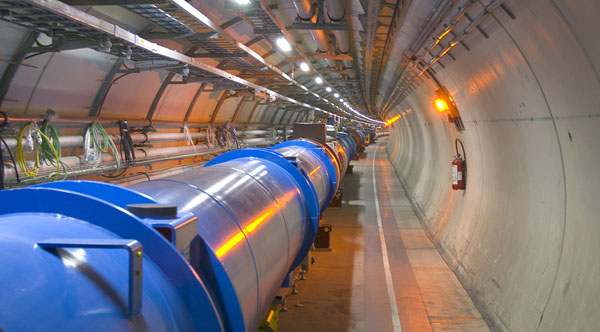
by Carolyn Gramling Thursday, January 5, 2012

CERN's Large Hadron Collider CERN
Well, it had a short run: Only nine days after going online Sept. 10, CERN's Large Hadron Collider has already gone south for the winter, due to an electrical failure Friday. The LHC was always scheduled for winter shutdown and maintenance, due to the costs of fuel, but that wasn't supposed to happen until the end of November. Now, CERN says, the necessary inspections and repairs will likely not be completed much before that scheduled shutdown date.
After all the anticipation, it's a "psychological blow," said CERN's Director General, Robert Aymar, in a press release Tuesday. But, he added, it's just a temporary setback, and doesn't take away from the collider's successful opening day on Sept. 10, when it sent a beam of protons all the way around the giant underground tunnel for the first time. Before the electrical troubles, the original hope was that the accelerator would then produce its first collisions in October — the most energetic ever produced by a particle accelerator.
What happened Friday isn't entirely clear, but CERN says that a faulty electrical connection between two of the accelerator's magnets caused liquid helium to leak into one section of the tunnel. Before engineers can go in to inspect the area, however, they have to bring that part of the tunnel up from its near-absolute zero conditions to room temperature — which, CERN says, will take three to four weeks. Cooling it back down to its operating temperature of 1.9 degrees Celsius will take more time, and not much time would remain before the scheduled shutdown date. So, CERN now says the LHC won't come back online until early in the spring of 2009.
Naysayers can therefore postpone their fears of the LHC producing destructive black holes for a few more months.
© 2008-2021. All rights reserved. Any copying, redistribution or retransmission of any of the contents of this service without the expressed written permission of the American Geosciences Institute is expressly prohibited. Click here for all copyright requests.